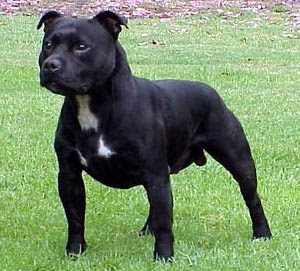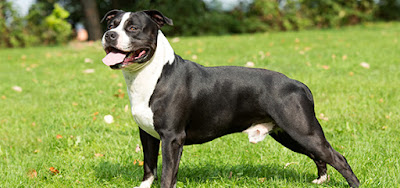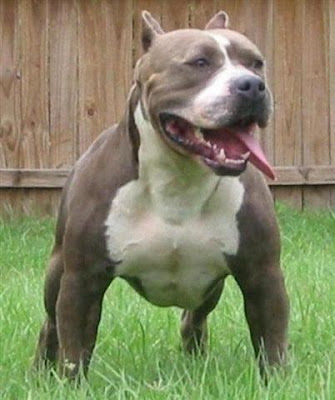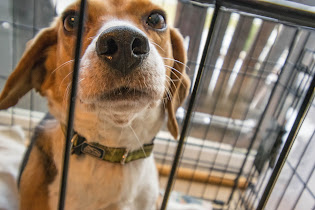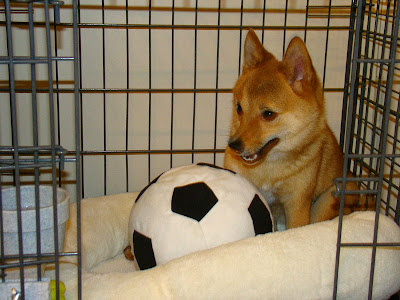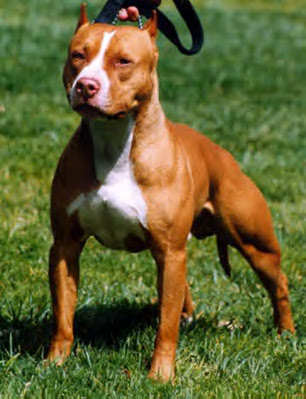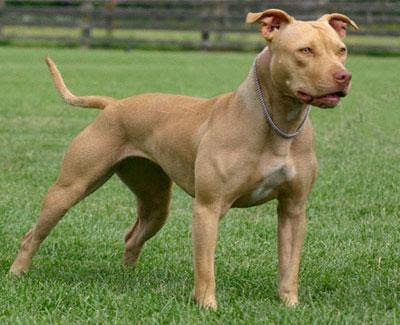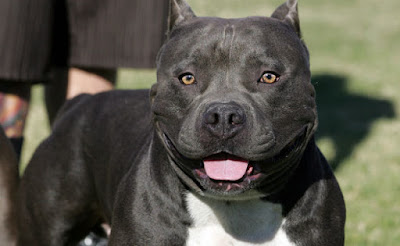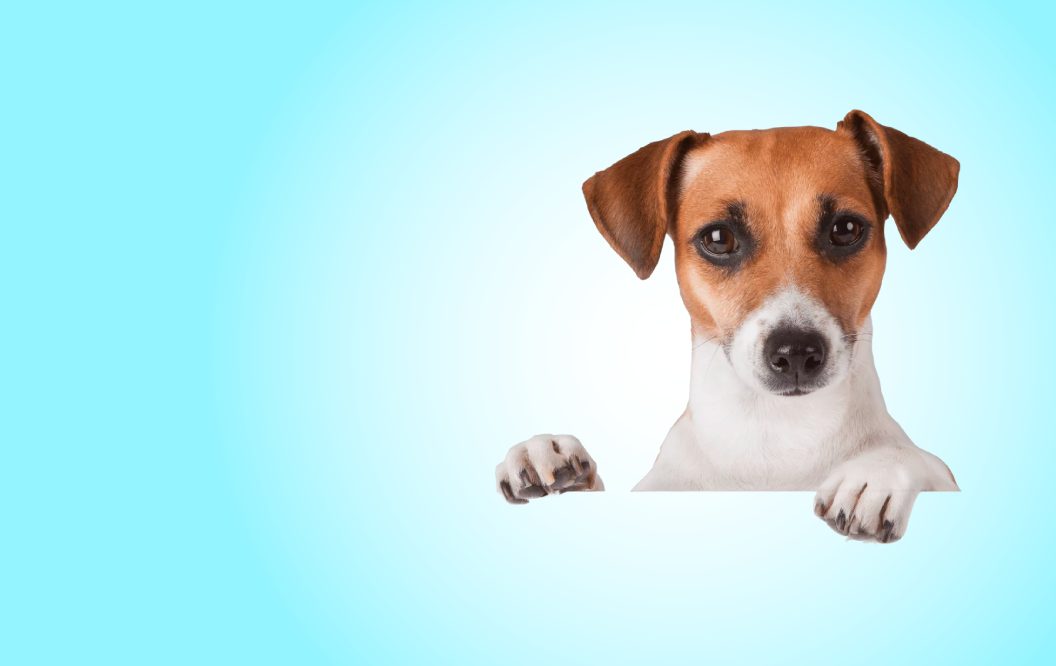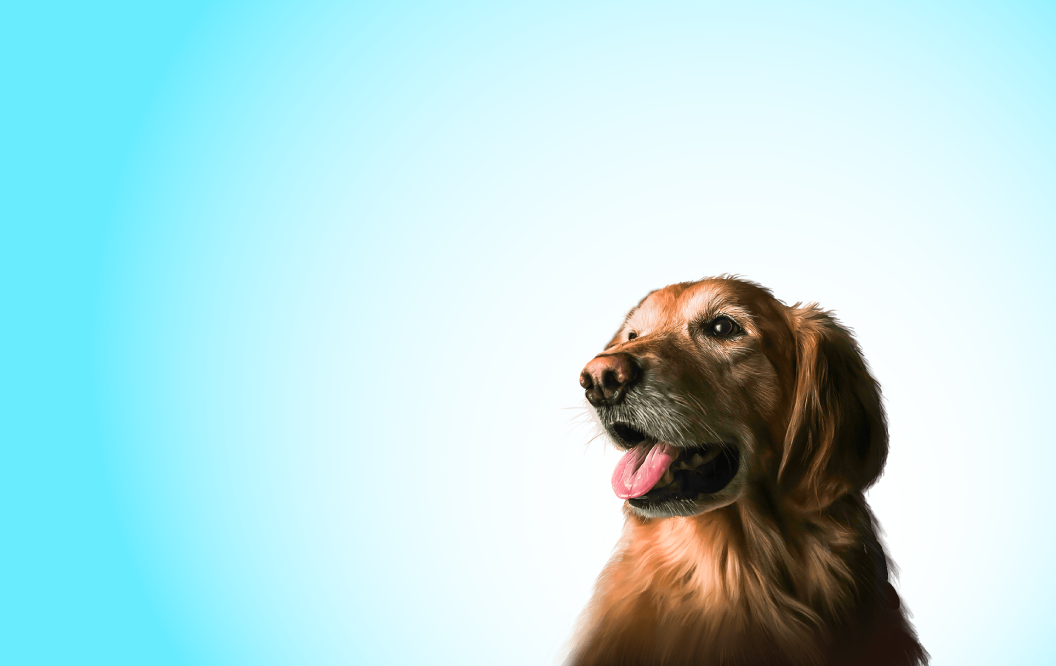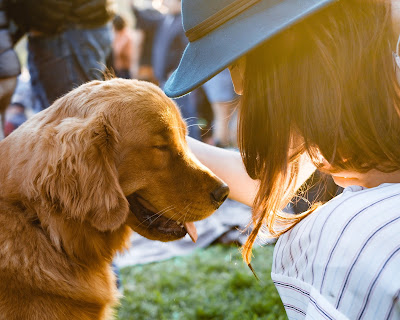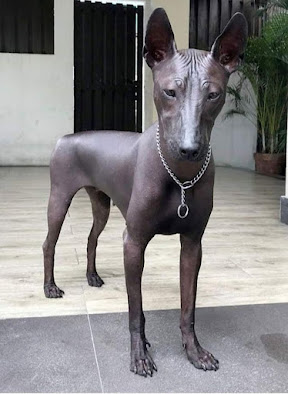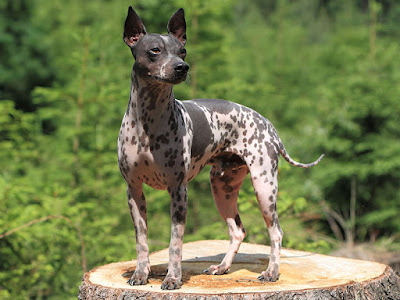Appenzeller Sennenhund - The Appenzeller Sennenhund is a medium-sized breed of dog that originated in Switzerland. They are a member of the Sennenhund family, which also includes the Bernese Mountain Dog, the Entlebucher Mountain Dog, and the Greater Swiss Mountain Dog. In this article, we will explore the history, characteristics, and facts about the Appenzeller Sennenhund.
History of the Appenzeller Sennenhund
The Appenzeller Sennenhund is one of the oldest Swiss breeds, with a history dating back to the 15th century. They were originally bred as working dogs, specifically for herding and guarding livestock. The breed's name comes from the Appenzell region of Switzerland, where they were developed.
The Appenzeller Sennenhund nearly became extinct in the early 20th century due to the decline in demand for working dogs. However, a group of breed enthusiasts worked to revive the breed, and it is now recognized by the American Kennel Club and other major kennel clubs around the world.
Characteristics of the Appenzeller Sennenhund
The Appenzeller Sennenhund is a medium-sized breed that typically weighs between 50 and 70 pounds and stands between 20 and 23 inches tall at the shoulder. They have a muscular and athletic build, with a distinctive tri-color coat that is black, white, and rust.
The breed's coat is dense and waterproof, which makes it well-suited for working in harsh mountain environments. They also have a thick undercoat that helps to insulate them in colder temperatures.
The Appenzeller Sennenhund is known for being an intelligent and active breed. They are highly trainable and excel in obedience training and agility competitions. They are also great with children and make excellent family pets.
Facts about the Appenzeller Sennenhund
The Appenzeller Sennenhund is a rare breed outside of Switzerland, with only a few hundred puppies registered each year with the American Kennel Club.
The breed is known for being very loyal and protective of their families. They have a strong work ethic and love to have a job to do, whether it's herding livestock or playing fetch in the backyard.
Like all breeds, the Appenzeller Sennenhund has its unique health concerns. Some common health issues in the breed include hip dysplasia, eye problems, and ear infections. It's important to work with a reputable breeder and schedule regular vet visits to keep your Appenzeller Sennenhund healthy.
Conclusion
The Appenzeller Sennenhund is a versatile and intelligent breed that has a rich history in Switzerland. They are highly trainable and make excellent working dogs, agility competitors, and family pets.
If you are considering adding an Appenzeller Sennenhund to your family, it's important to do your research and work with a reputable breeder. With proper training, socialization, and care, the Appenzeller Sennenhund can be a wonderful addition to any home.
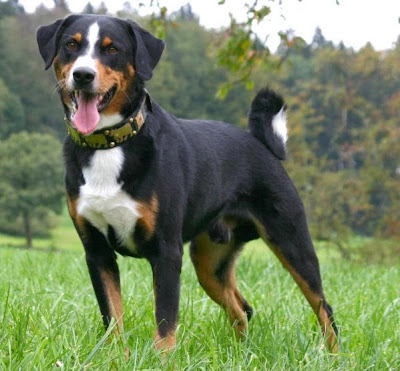

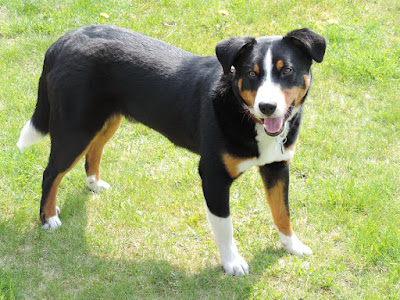


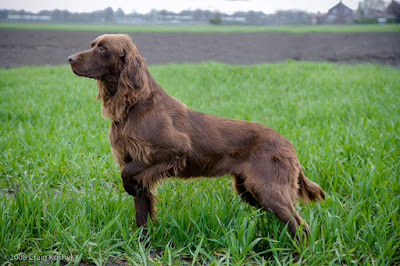
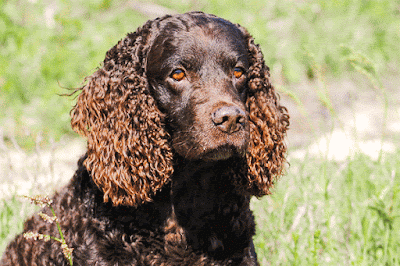

+55.jpg)
